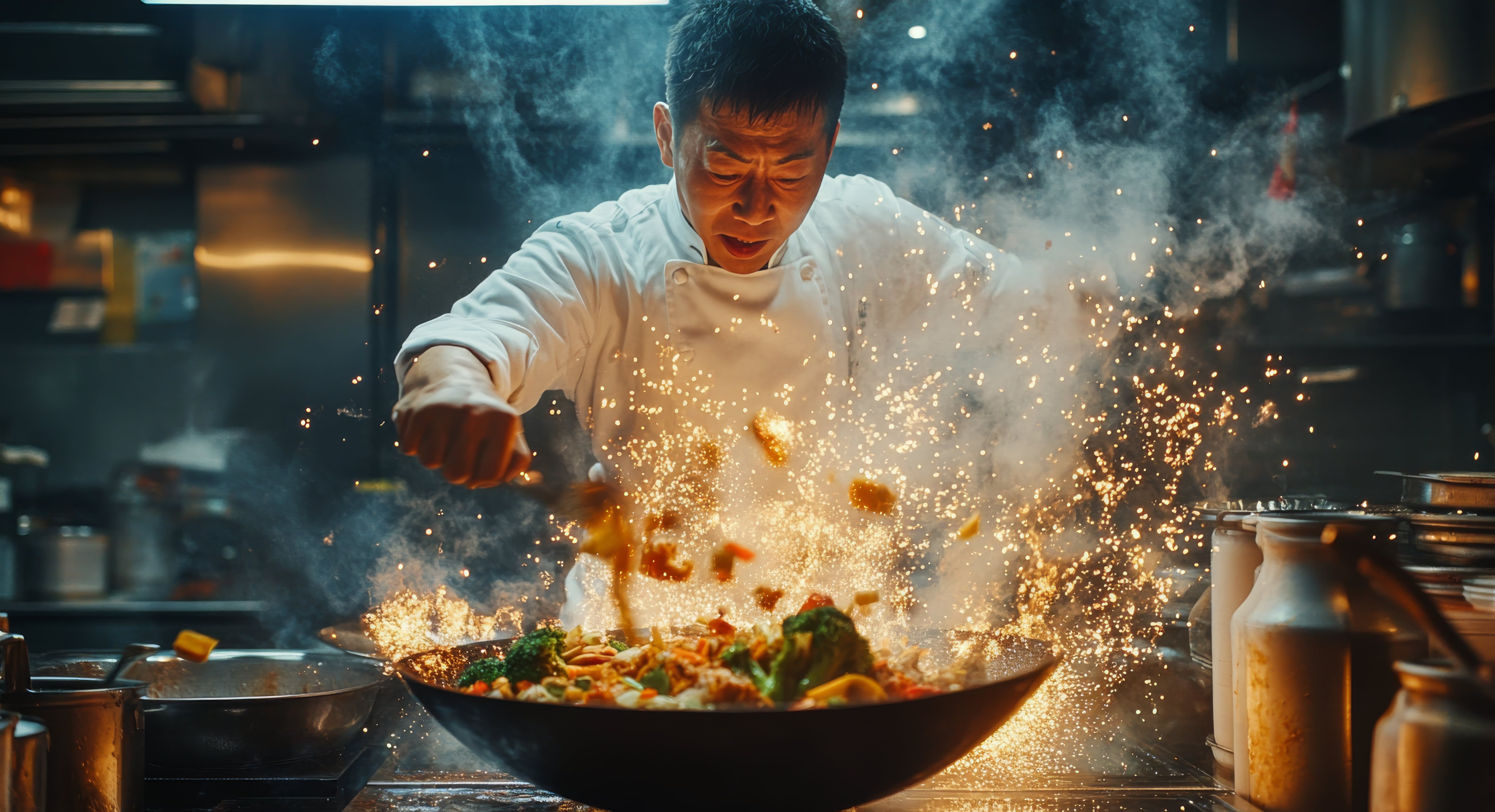
For many home cooks, the wok is synonymous with Asian cooking. It's a fundamental piece of Asian kitchenware that has a well-deserved reputation for creating fast and flavourful stir-fries. However, to confine this versatile pan to a single cooking method does not do it justice and you are missing out on its true potential. The wok is an incredibly powerful tool that can revolutionise a home kitchen, offering a wide range of cooking techniques in one compact vessel. Whether you are a professional chef or a home cook, a good-quality wok is one of the most useful kitchenware in Australia. It’s a smart investment that can simplify a variety of culinary tasks.
The popularity of the wok has grown beyond the restaurant kitchen, with more and more home cooks discovering its unique benefits. Its deep, sloped sides and single handle are a masterclass in ergonomic design, allowing for efficient cooking with minimal effort. This guide will explore the history of the wok, the different types available, and the many cooking methods it can accommodate, proving itself as a must-have for any modern residential or commercial kitchen.
Fortunately, finding the right one is easy when you partner with a trusted kitchen supplier such as Oliver Kitchen.
The origins of the wok can be traced back to ancient China, where it was initially a simple, cast-iron pan used for cooking over an open fire. Its design allowed for a wide surface area for searing and a deep bowl for simmering, making it ideal for the needs of a busy household. As it became more popular, the materials and design were refined, leading to the lightweight, rounded-bottom pan we recognise today. The wok's high-heat cooking capabilities and versatility made it a staple across Asia, and it has since become a global icon, cherished by chefs and home cooks alike for its efficiency and unique flavour profile.
The type of wok you choose will largely depend on your cooking habits and the kind of stovetop you have. Here is a breakdown of the most popular materials:
When sourcing kitchenware for a restaurant or a home, places like a kitchen warehouse will often have a variety of these materials available.

The wok’s unique shape and ability to handle high heat allows you to execute and master multiple cooking techniques. While it is renowned for stir-frying, here are some other methods you can master with this single piece of equipment.
When using a wok, it is also essential to have the right utensils is also key. A simple wooden spoon or spatula is often all you need to keep ingredients moving and prevent sticking.
To get the most out of a carbon steel wok, proper seasoning is essential. Seasoning is the process of creating a natural, non-stick patina on the surface of the pan. This is done by heating the wok with a thin layer of oil until it smokes and darkens. Over time, and with regular use, this layer will build up, creating a durable and highly effective cooking surface. After each use, a seasoned wok should be cleaned with hot water and a gentle scrub, and then dried thoroughly to prevent rust. You can find quality tools and cleaners for this process from trustworthy kitchenware wholesale suppliers. For commercial kitchens, this is part of routine maintenance. Sourcing from reputable hospitality supplies ensures you get the right products.
The wok is far more than just a stir-frying pan; it is a truly versatile tool that can elevate any home cook's repertoire. From deep-frying to steaming and smoking, its unique design allows it to perform a variety of culinary tasks with ease and efficiency. Whether you're a seasoned chef or just starting your cooking journey, investing in a high-quality wok from a reliable kitchen supplier is a decision you won't regret.
For restaurants and other commercial settings, having reliable kitchen equipment online is crucial. This is where Oliver Kitchen comes in, offering a wide range of restaurant equipment and other hospitality supplies in Brisbane and throughout Australia. We provide everything from small utensils to large appliances, ensuring businesses and regular domestic settings can get the tools they need to succeed. Our commitment to quality means that whether you are a professional or a passionate home cook, you can find the right tools for your kitchen.
We provide the best commercial kitchenware & cooking ware for superior performance and quality!
Reliable kitchenware supply for businesses across Australia.